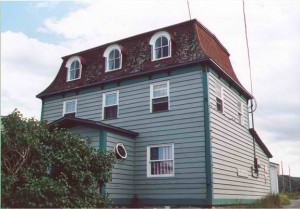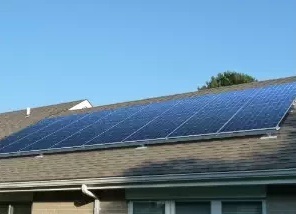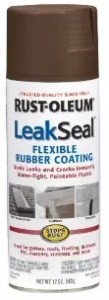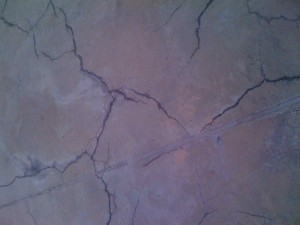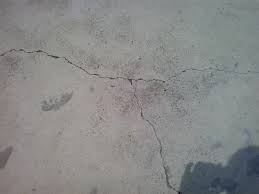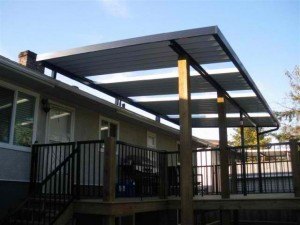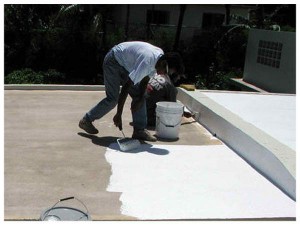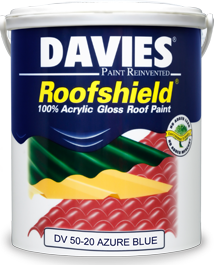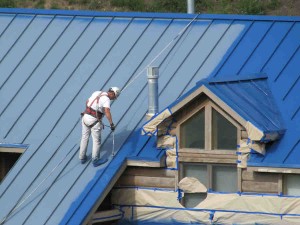Labor Shortage in the Construction and Roofing Repair Industry
The supply of labor in the construction and roofing repair business is not constant. It has its peaks and troughs. There were times in the past when the industry saw enough trained labor to sustain its growth. These days, however, the industry is plagued by shortage of skilled labor.
The scarcity of trained workers pushed construction costs up as wages surge but drove quality down as contractors rush from one project to another because of heated demands for construction crews.
The labor shortfall could not have come at a worse time for the booming industry. Unemployment levels are down for construction-related trades. Construction spending figures from the Census Bureau show a high demand for new construction of private non-residential projects and apartments. These projects are in danger of being delayed or put on hold because of labor shortage.
In the roofing industry, the lack of manpower poses a big problem for contractors. Roofing business is doing well, but its growth is hindered by the construction industry-wide labor shortage. The entire country could be affected by an acute labor shortage, which would result to extreme competition for experienced roofers and skyrocketing wages.
An article from Roofing Contractor lists the reasons for the labor shortfall.
Why Construction Labor Declined
Fewer Union Apprentices. Union membership reached its peak in 1979 with around 21 million members. In 1954 union membership was at an all-time high of 35 percent. Since then membership in the private sector has continually declined. Overall union membership today stands at a low 11 percent. Unions normally institute training and apprenticeship programs. With declining union membership, worker training also went down.
Workers Left During Economic Slump. Many workers left the construction industry during an economic slowdown. They either retired altogether or changed careers. New entrants to the field have been slow because young people are not eager to enter the industry. For new workers, there is a scarcity of training programs to help them integrate into their new jobs. The past recession saw a generation or more of lost trained construction workers.
Decline in Vocational and Technical Education. Technical and vocational education was a feasible option for high school students few decades ago. With recent emphasis given to college education, funding that went to technical and vocational programs in the past shifted instead to programs for college preparation.
Immigration Policy Changes. Hispanic accounts for 33 percent of roofers today, according to data from the Bureau of Labor Statistics. A substantial number of these workers are immigrants. Legal immigration for people entering jobs, including roofing, which is a skilled trade, has gradually become challenging.
